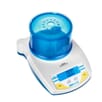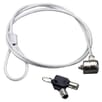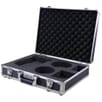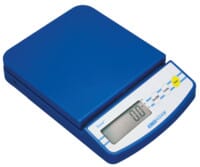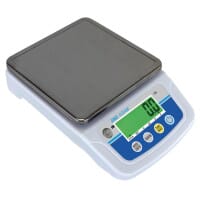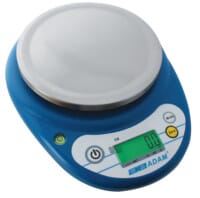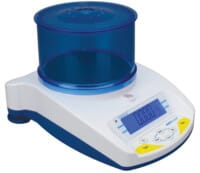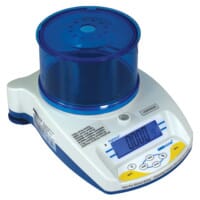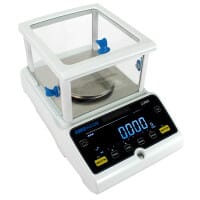Core® Portable Compact Balances
Applications

Features







The Core weighing scale series offers outstanding value, providing easy operation and a portable solution for any basic precision weighing tasks. An innovative stackable design saves space and can easily be stored in school supply cupboards and prep rooms until needed, ideal for busy science classrooms or laboratory environments.
Offering precision results, Core is suitable for weighing compounds in science classrooms, samples at a field lab, ingredients in food labs and specimens at veterinary offices. The Core includes a convenient weigh-below hook, facilitating below-balance weighing for tasks requiring density and specific gravity measurements.
For more information on the Core series of portable compact balances, please contact us.
Features and Benefits
- Vivid, backlit LCD easily visible in any lighting conditions
- Programmable backlight can be set to "always on," "always off" or "light only when weighing"
- Balances stack efficiently and safely to save space (120mm pan size only)
- Color-coded keys facilitate quick recognition of the most frequently used buttons
- Dual tare keys operate with either the left or right hand
- Large, grade 304 stainless steel pan allows swift cleaning
- Rugged construction stands up to industrial use
- Three-point ShockProtect feature helps prevent overload damage to internal components
- Hook provided for below-balance weighing
- Removable draft shield (120mm pan size only)
- Operates with AC adapter (included) or batteries (not included)
- Auto power-off to save energy
- Audible overload alarm warns when capacity is exceeded
- Zero-tracking feature ensures display returns to zero reading
- Security slot for optional lock and cable to help prevent theft
- A 3-year warranty means quality assured for years of use.


